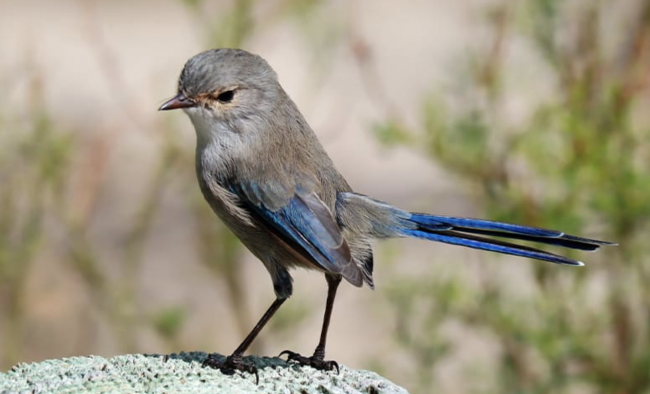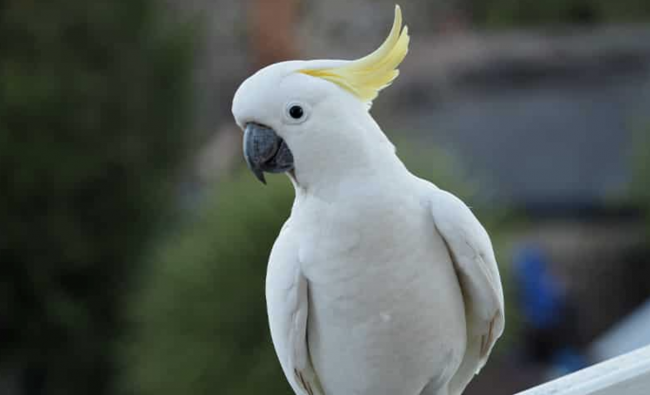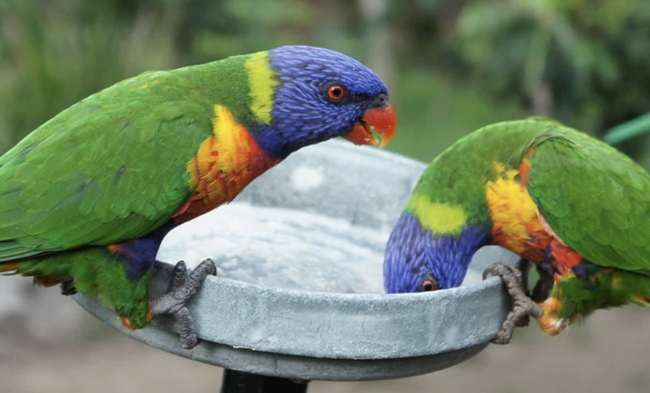Birds of a pandemic

A Fairy Wren sits on a branch. Only a God who wants us to experience joy could have thought such wonders into existence, reflects former Deputy Premier John Watkins. Photo: Annika/Unsplash
Among the pressures and sad limitations, the COVID lockdowns have imposed on our lives, one of the few positives has been the ability to leave home for daily exercise.
Along bush trails, through National Parks and across Council reserves and ovals, family groups, older couples and young lovers are out and about exercising, overwhelmingly respecting the rules of social isolation.
Like prisoners locked in solitary for most of the day the time of freedom has become almost a mandatory balm for our mental health.
Stand for a moment and listen to the bush sigh in the wind. Watch the gusts of the late afternoon breeze bring a shiver to the remnant blue gums.
Before speech, or laughter, before children mimicking the birdsong, before music. Nothing but the call of birds marking territory or warning of black snakes and goannas, or just singing for the joy of a beautiful morning or the sadness of dusk. Nothing but bird calls and silence.
Some of those birds are impossible to miss, the bold ones, so sure of themselves and their status and place in creation.
The screeching, demanding, acrobatic Sulphur Crested Cockatoos, that must have so frightened the convicts and first settlers.
Then the wild, high octane test pilots of the cockatoo family, the green, blue, red and yellow Lorikeets always flying fast and low, addicted to risk and speed.

Even amid lockdown, nature is full of such typically Australian sights outside our back doors. Photo: Dieter Pelz/Unsplash
Fearless and ready for the inevitable crash into the reflective windows of houses. Shaking themselves awake they are just as quickly gone after their disappearing partner.
Others less confident of their place, prefer to hide away; a Finch searching for grass seed or a Yellow Robin tracking an insect.
The familiar soft pink and grey galahs, Ibis sheltering in the sharp safety of palm trees, a solitary red eyed Figbird searching for edible berries.
And the black and white curious Pee Wee, its two-tone call, impossible to forget.
The flocks of white corellas and black cockatoos stripping mandarins and lemons from backyard trees, slicing them open with their beaks and peeling the skin neatly away.
In the early evenings of winter, the coal black Ravens with their high hurting call suggesting the pain and desolation of the lost, gives way to the night keening of the Plover until the melodious sweet call of the Magpie, welcomes the morning.
There are the nervous birds always attentive, forever watching, the waiting patient ones; a Cormorant standing on fallen timber over a creek, wings spread, feathers drying in the sun till with a flash it disappears, emerging upstream with a tadpole in its beak.
Or the white-faced Heron out of place in a park, kilometres from any waterway, knees back to front, stalking unseen insects worried out of the grass by Council workers mowing. And high above them all, the squat, sharp eyed Kookaburra, taking everything in and laughing like a schoolboy, night or day.
It’s hard to like the Australian Noisy Miners, their sprawling, brawling, narky behaviour, intent on driving all others away from their home. No passing bird, dog or human is safe from their noisy attention.

Completely unselfconscious and unashamedly curious: rainbow lorikeets take a drink at the Lone Pine Koala Sanctuary. Is their plumage only for them? Photo: Senning Luk/Unsplash
Frustratingly, many birds remain hidden despite calling you towards them.
With patience and luck, you may catch a glimpse of the Bell Bird, Whip Bird, or reclusive Koel. All expert in social isolation and almost impossible to see.
The COVID highlights have been unexpected and memorable. The pre-dawn, melody of Butcher Birds and the sight in the mid-morning sun of a perfect, proud Willie Wag Tail, its feathers glossy black and vivid white with the irregular beat of its metronome-like tail, forever waving.
All wild birds in flight or song can bring delight but during the COVID walks it was not the Cockatoos, the sweet voice of the Currawong calling a close to the day, that have been most memorable.
For me it was the tiny twittering flights of Fairy Wrens, the discreet brown female and the iridescent blue of the dominant male. Only a God who wanted human beings to experience joy, could have thought them into existence, these tiny, pretty and perfect creatures?



Great contribution. Thank you.